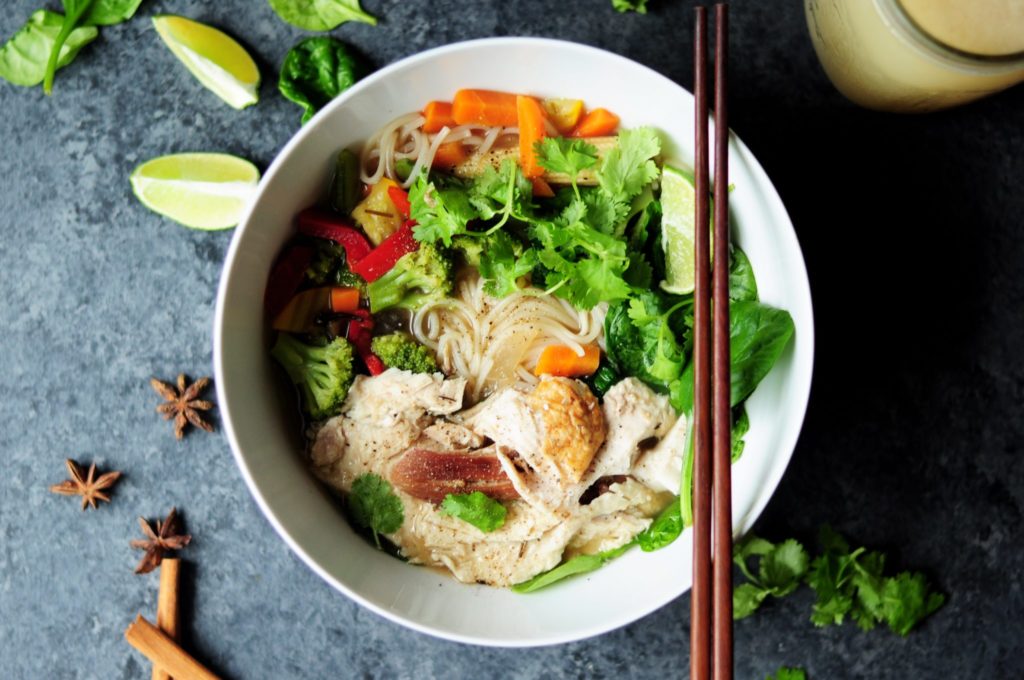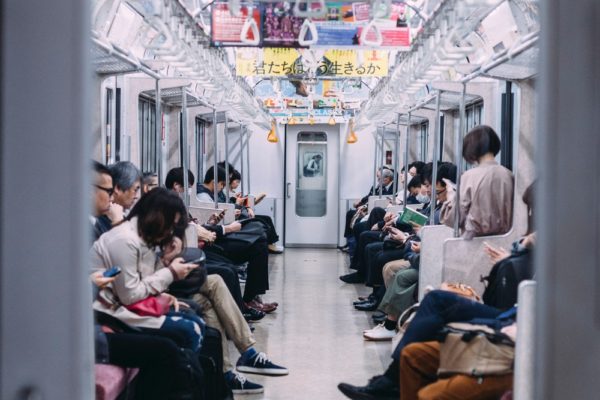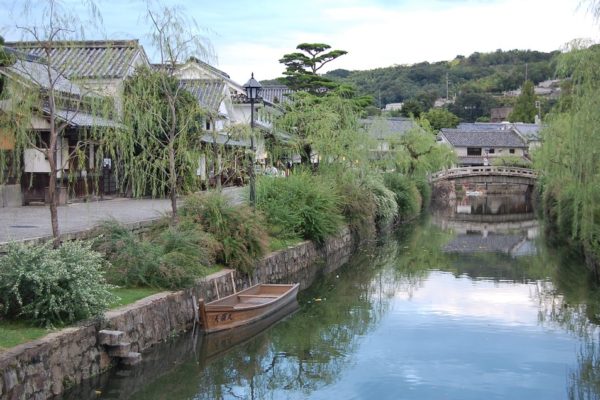Chopsticks are a pair of sticks of the same length used as dining utensils in East Asian countries, such as Japan, for more than 6,000 years now. They are typically made of wood, specifically bamboo, stainless steel, or plastic. There are also some that are made from ivory, porcelain, titanium, silver, and gold, but these are less common.
Learning to hold a pair of chopsticks
For a beginner, chopsticks can be quite challenging to use. Using your dominant hand, hold one of the sticks like a pencil, and place the other one against your ring finger and the base of your thumb. Both sticks should be pointing towards the same direction. You can then use your middle, thumb, and index fingers to move the upper chopstick to pick up food, while the lower chopstick simply rests on your purlicue, which is that space between your thumb and index finger.
Important chopsticks etiquette to remember
When dining in Japan, whether at home or at a restaurant, it is important to observe the proper chopsticks etiquette. You will be considered rude or impolite by your Japanese friends, family, or colleagues, if you fail to observe good table manners. It is best that you learn and take into heart the following chopsticks etiquette:
- Eating directly from common bowls, plates, and other dishes is a big no-no.
You cannot just take food from a shared bowl or plate in the middle of the table, and shove it straight into your mouth. In Japanese culture, that is seen as very bad-mannered and discourteous. The proper thing to do is to put any food you take from the common dishes on your own plate or bowl first, before eating it.
![]()
- Do not stick your chopsticks upright into your bowl of rice.
Did you know that sticking chopsticks upright into a bowl of rice is a practice that is related to death in the Buddhism and the Shinto religions? That is how they prepare rice for individuals who are at their deathbeds, and also for offerings for home altars.
So, do not stick your chopsticks into the rice. If you are not using your chopsticks, place it in your chopsticks holder or over your bowl.
- Do not lick your chopsticks.
It is seen as ill-mannered and disgusting to lick chopsticks. To prevent meat, rice, and other food bits from sticking into your chopsticks, you can begin your meal with liquid dishes. Food gets stuck to the chopsticks because the sticks are dry, and soupy foods can prevent that from happening.
- Do not use your chopsticks to point at another person.
In many countries, pointing your finger at someone is viewed as rude. In Japan, pointing at someone with your chopsticks is viewed similarly.
- Do not hover your chopsticks over the food on the table.
If your table is filled with a wide selection of dishes, that you are having a hard time making up your mind on which you would like to try first, you should put your chopsticks down while you are thinking, and not hover them over everything on the table.
- Do not use your chopsticks as skewers.
Certain foods are hard to pick up using chopsticks. Boiled eggs, beans, and other slippery foods are some examples. So, what do you do? Use a spoon or fork. You should not stab or skewer them with your chopsticks, as doing so is being impolite to the people who prepared the meal for you.
- Place your chopsticks in their chopsticks holder when not in use.
When eating out at restaurants, your chopsticks should be placed on their chopsticks holder if you are not using them. If not available, you may use your chopsticks wrapper as a temporary holder. You should never leave your chopsticks haphazardly scattered on the table, stuck upright into a bowl filled with food, or crossed.
- Do not rest your chopsticks crossed on the table, over your bowl, etc.
When placing your chopsticks on the chopsticks holder or over your bowl, make sure that they are resting parallel next to each other. Do not leave them crossed, as this is something that is related to death and funerals in the Japanese culture.

- Do not pass food around from one pair chopsticks to another.
In Japan, after a cremation is done, the bones are passed from one funeral staff to another until every piece is collected in the urn. Passing food from your chopsticks to another person’s chopsticks is eerily similar to this custom, so doing so should be avoided.
- Do not let liquid drip from your chopsticks.
When eating food with soup or sauce, you should not let your chopsticks drip liquids anywhere — the table, your clothes, etc. It is considered unacceptable behaviour, as the dripping liquid reminds people of tears and crying.
- Do not bite your chopsticks.
Be careful about biting your chopsticks and leaving tooth marks on them. This is viewed as childish, unpleasant, and impolite. It is very important that you do not do it, especially if you are not using your own chopsticks.
- Avoid using your chopsticks as drumsticks.
If you are not using your chopsticks, you should not be playing with them or using them to tap the table or plates. It creates noise and is annoying to the people around you who just want to enjoy their food in peace.
- Do not dig for specific foods in shared dishes.
If you are a picky eater, and only want to eat a particular type of vegetable or meat, it is better if you just order your own food or go to a restaurant that caters to your preferences. Digging into bowls or plates using your chopsticks, looking for a specific ingredient, is extremely rude and classless, and very inconsiderate to the people who are sharing the table with you. Just take whatever is already on top.



